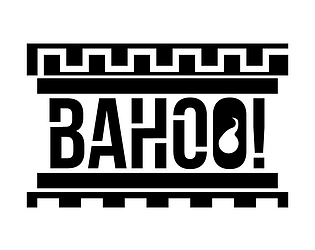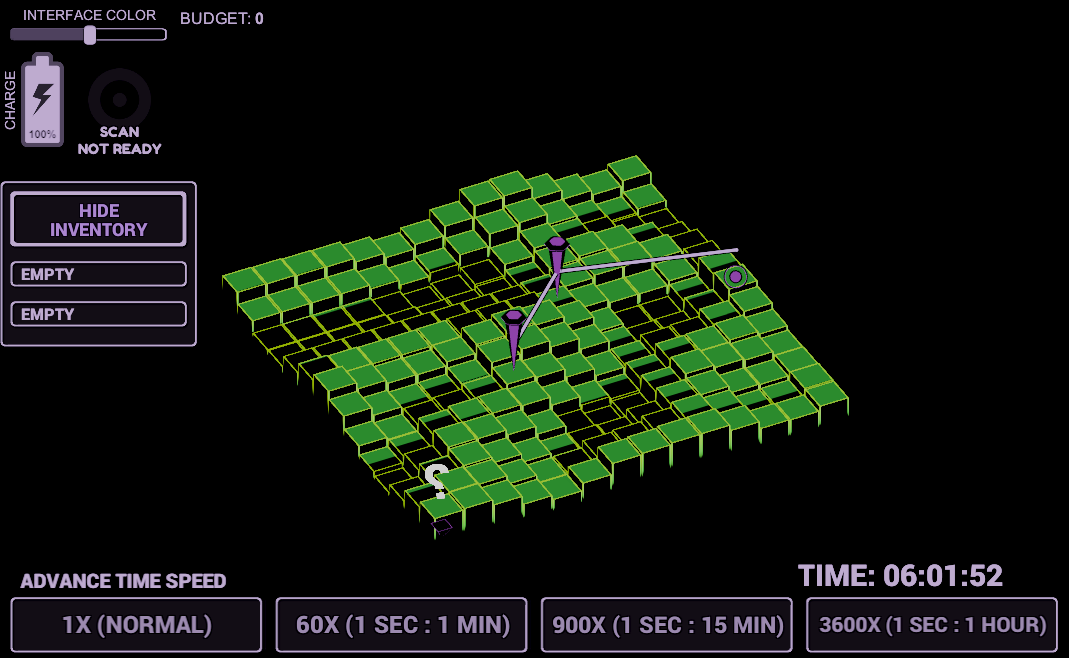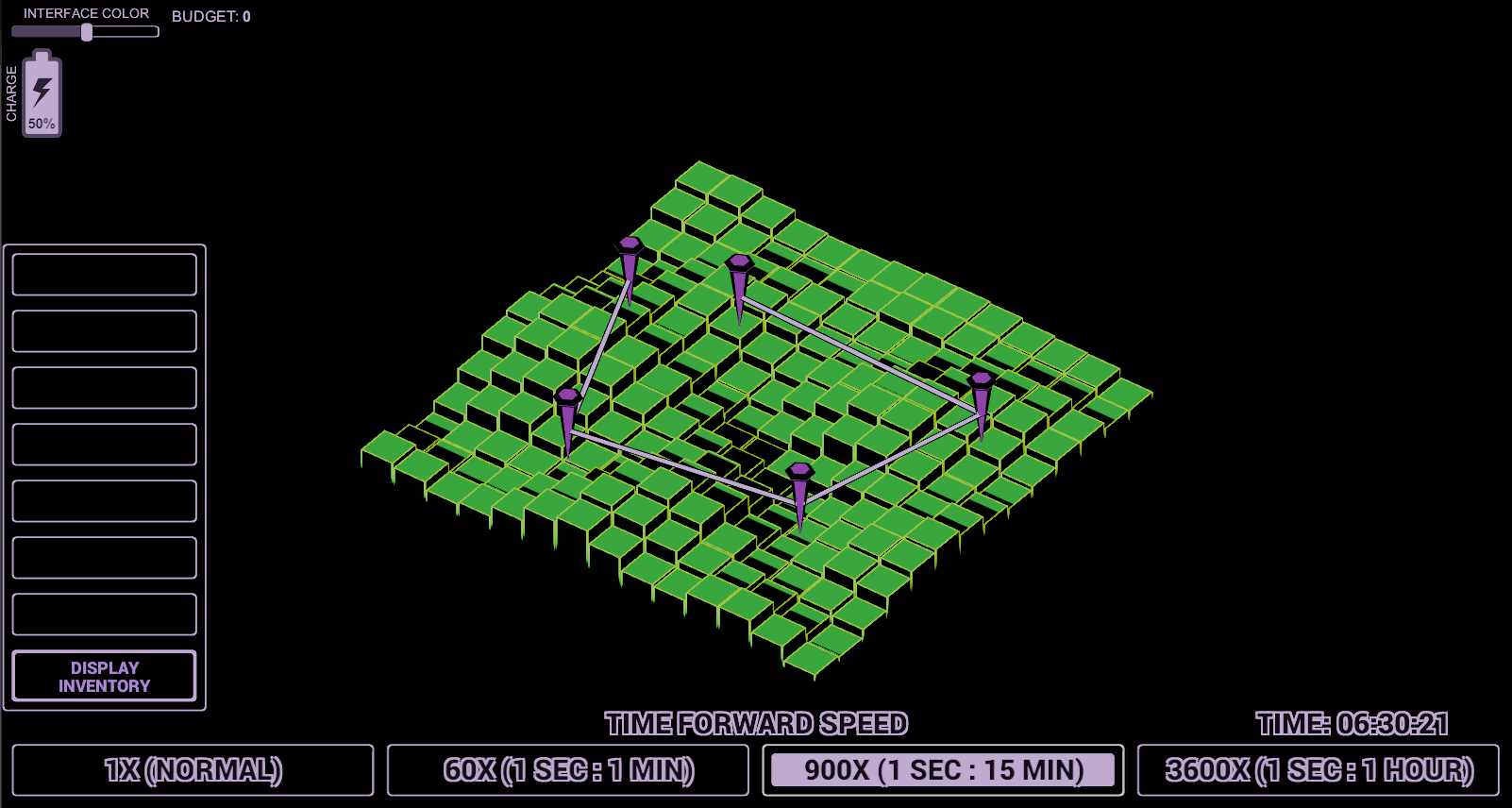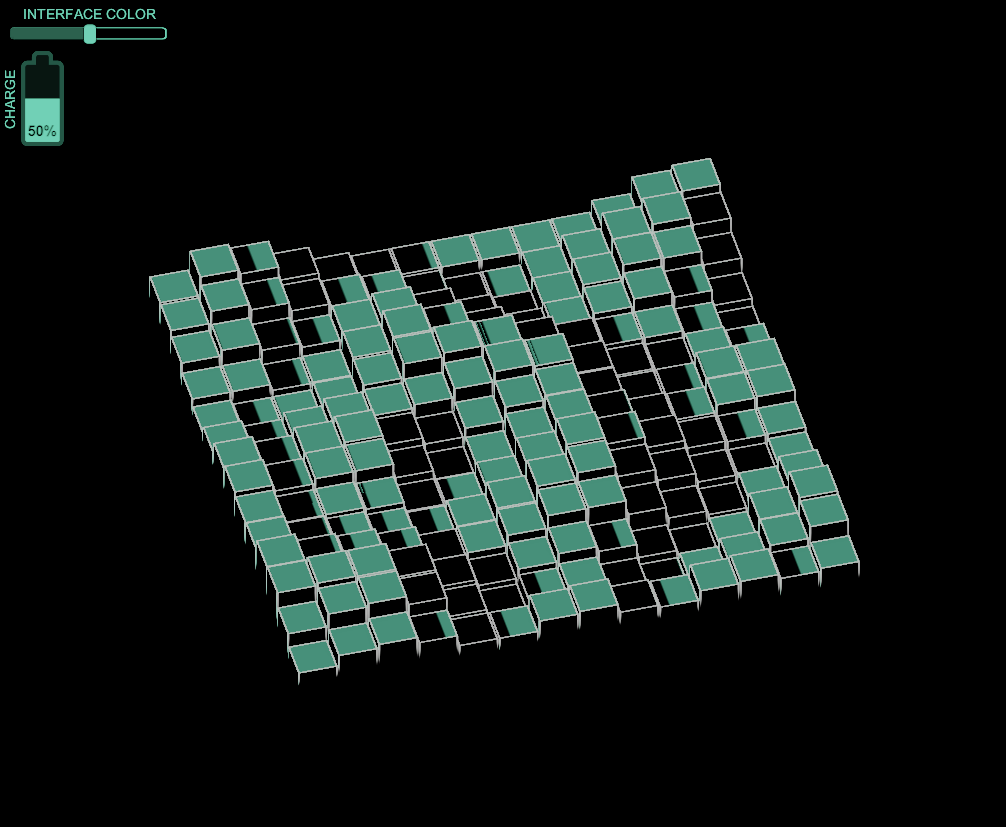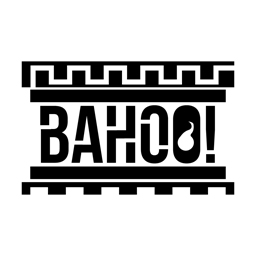Thanks GameDev.tv for making this possible for another year contest as it's my favorite JAM.
I have participated for the last 2 years and even if my entries were scored low, I never felt bad about it as, in this jam, everyone is a winner.
The 2 previous years, I submitted a project using Unity, but this year I'm going with Godot. Not that I have anything against using Unity, but as I have been working on a (relatively) big project with Godot for since November of last year, I'm quite warmed up for it.
For those who might wonder, the reason why I moved to Godot for that project of mine has nothing to do with what happened with Unity during their new license PR fiasco last year even if the timing might seems related (it's not). It's something I had to decide as a part of Unity EULA that has existed for years might not be favorable for this project of mine which uses a business model that kinda exists, but not in the form that I'm giving it. I even attempted to contact Unity Tech. to see if there could be something done and they ignored me. So I decided to play it safe and move to Godot for the sake of this particular project. I couldn't stick this project with Unity's or even Unreal EULAs considering it's a project that, if it succeed, could change a part of the face of the financial aspect of video game development, as a commercial enterprise.
So, for this JAM, I'll be using Godot 4 this year.
I got a few ideas of what kind of gameplay I'll be making for the Jam (depending on the theme once it's revealed).
Due to my part time job at a busy general store, I'll be only working on this ~3 days worth out of the 27, 28, 29 and 31 of May so it gonna be short and intense.


